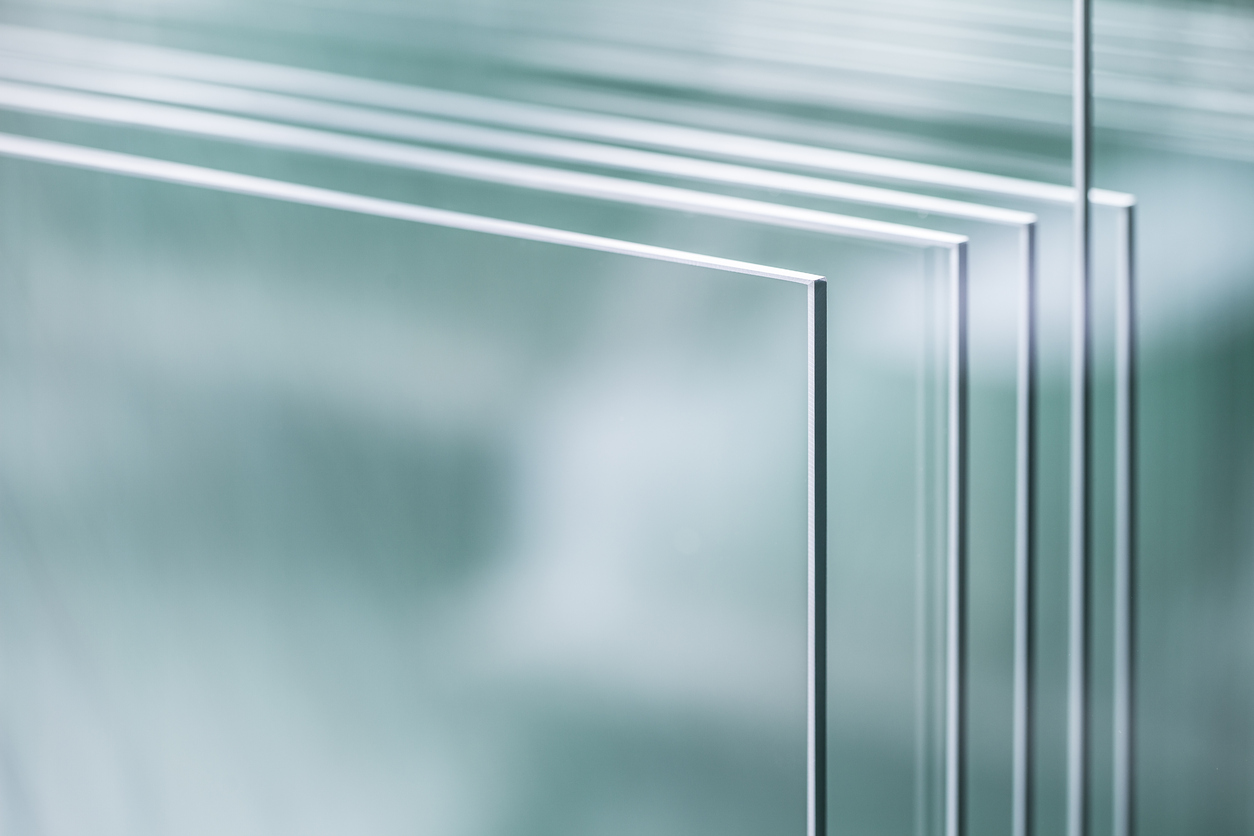

Low-E Plus Glass Enhancing Energy Efficiency in Modern Architecture
In today's world, where energy conservation and sustainability are paramount concerns, Low-E Plus glass has emerged as a groundbreaking innovation in building materials. This advanced type of glass incorporates a special coating that significantly improves energy efficiency, making it an essential choice for modern architecture and construction.
Low-E, or low emissivity, glass is designed to reflect infrared light while allowing visible light to pass through. The Plus signifies additional enhancements over standard Low-E glass, typically featuring a dual-coating system that provides superior energy performance. This technology offers several benefits for both residential and commercial buildings, contributing to reduced energy costs and increased comfort.
Low-E Plus Glass Enhancing Energy Efficiency in Modern Architecture
Moreover, Low-E Plus glass plays a crucial role in improving indoor comfort. By regulating temperatures, it helps eliminate cold drafts and hot spots, creating a more consistent and pleasant environment throughout the year. This enhanced comfort is not only beneficial for occupants but also contributes to increased productivity in commercial settings.

Another noteworthy benefit of Low-E Plus glass is its UV protection. The coating effectively blocks harmful ultraviolet rays, which can cause fading of furniture, flooring, and artwork. By minimizing UV exposure, this glass helps maintain the aesthetic appeal of interiors while prolonging the lifespan of valuable items.
In addition to its practical advantages, Low-E Plus glass can enhance the aesthetic qualities of a building. It offers a sleek and modern appearance, suitable for a variety of architectural styles. Many architects and builders are increasingly utilizing this innovative material to create visually impressive designs that stand out in any landscape.
The adoption of Low-E Plus glass is also in line with global trends towards sustainable building practices. As governments and organizations push for greener standards, utilizing energy-efficient materials like Low-E Plus glass can help satisfy regulations and contribute to certification programs such as LEED (Leadership in Energy and Environmental Design).
In conclusion, Low-E Plus glass is more than just a building material; it represents a commitment to sustainability and energy efficiency. Its ability to reduce energy costs, enhance comfort, provide UV protection, and elevate architectural design makes it an invaluable resource in the pursuit of modern, eco-friendly construction. As we move towards a more sustainable future, the role of innovative materials like Low-E Plus glass will undoubtedly continue to grow.